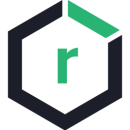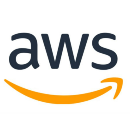Nexus: running in Kubernetes, and setting up a PyPI caching repository0 (0)
21 December 2024
We run GitHub Runners in Kubernetes to build and deploy our Backend API, see GitHub Actions: running the Actions Runner Controller in Kubernetes. But over time, we noticed that there was too much traffic on the NAT Gateway – see VictoriaLogs: a Grafana dashboard for AWS VPC Flow Logs – migrating from Grafana Loki. The… Read More »
![]()





